Introduction
Working with molten iron is a hazardous job. If not handled properly, it can lead to serious injuries. That’s why it’s essential to have a set of safety measures in place to ensure the safety of everyone working in your iron foundry.
In this blog post, we will discuss the 10 most important safety measures that need to be implemented in order to make your iron foundry safe. If you are planning to inspect a foundry, this article can also be a reference for you.
1. Protective Equipment
All workers should be provided with personal protective equipment (PPE) such as coveralls, safety glasses, gloves, safety boots, helmets, face masks, respirators and hearing protection.
All PPE must be approved by the appropriate authorities and be appropriate for the type of work being performed. These garments should also be checked regularly to ensure that they are still in good condition and functioning properly.
After all, casting is dealing with molten iron and can cause serious physical injury if proper safety measures are not taken. Therefore, the use of personal protective equipment is vital to ensure the safety of all workers and protect them from potential hazards.
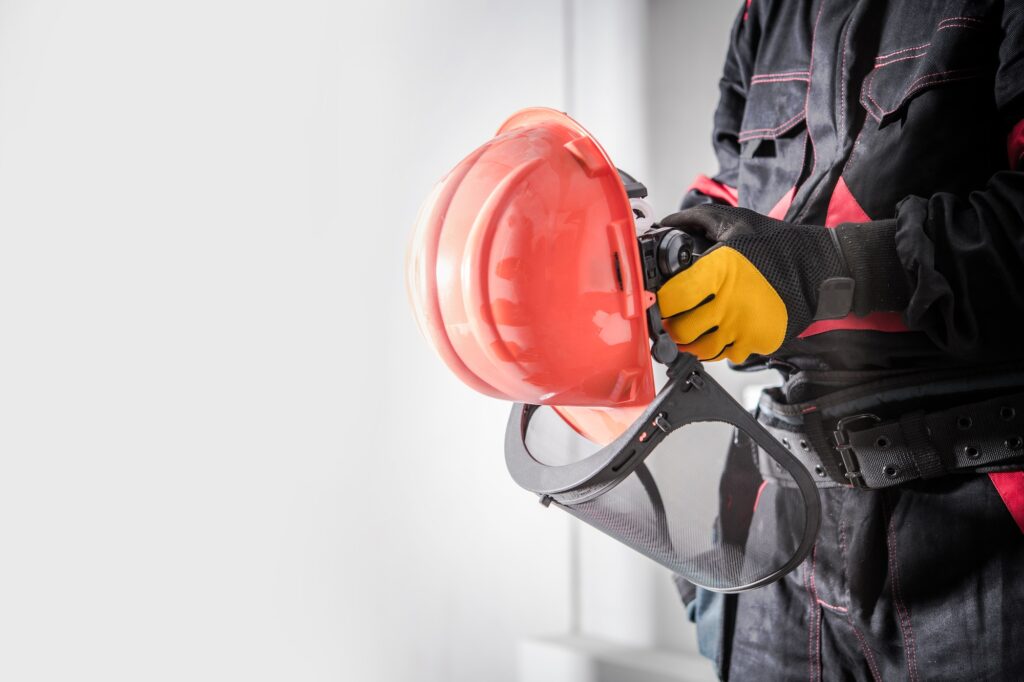
2. Fire Prevention
Due to the extreme heat generated by molten metal, fires are likely to start quickly if not handled properly. For this reason, it is vital to have a fire prevention plan in place.
Fire prevention measures should include proper ventilation, designation of safe areas away from the foundry, and avoidance of combustible materials near heat sources. All workers should receive basic fire safety training, such as fire extinguisher use and evacuation procedures.
Other important steps to reduce the risk of fire include regular maintenance of equipment and ensuring that no unauthorized personnel are present during casting operations.
Fire extinguishers and sprinkler system setup and use should also be included in the fire prevention program. All workers should be familiar with the location of emergency exits, safety equipment and emergency shut-off switches in the shop.
It is also good practice to regularly inspect the foundry’s fire suppression systems to ensure that they are properly maintained and operating.
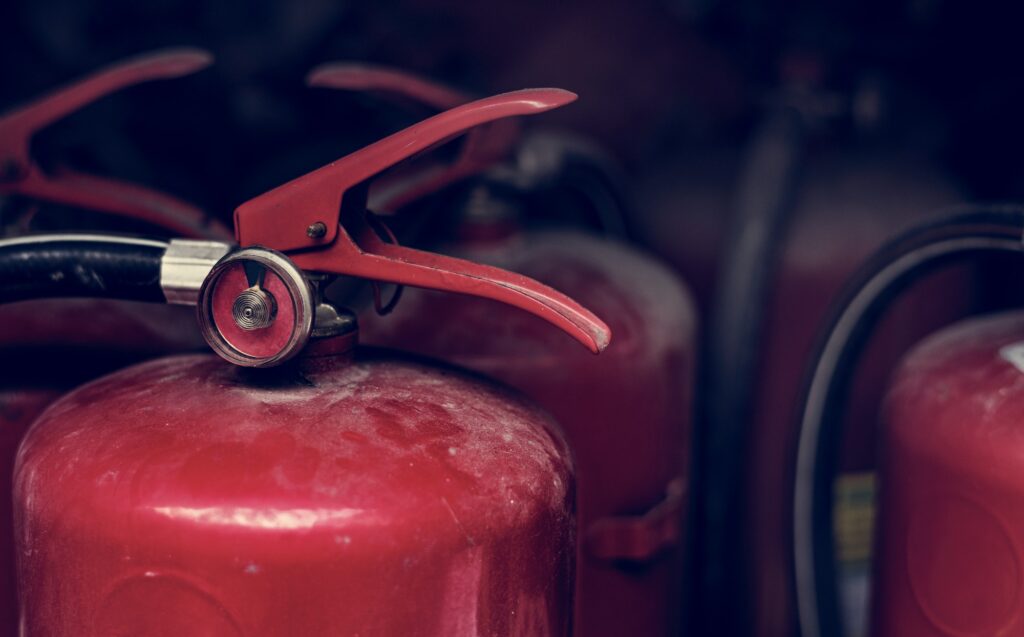
3. Ventilation
The accumulation of toxic fumes from burning fuels and welding equipment can be hazardous to the health of workers if left unchecked. Therefore, effective ventilation should be installed in the foundry to ensure air quality and that workers are not exposed to dangerous fumes.
Proper ventilation will ensure that fresh air is constantly circulated and toxic fumes are removed before they build up in the workplace. This prevents workers from breathing contaminated air, reducing the risk of illness and providing a safe working environment.
In addition, regular maintenance checks should be performed on the ventilation system to ensure it is operating effectively. This will help prevent any safety hazards that may arise from system failure, such as the build-up of toxic fumes in the workplace.
Ventilation is an essential safety measure for foundries and should be given careful consideration when designing or maintaining these workplaces.
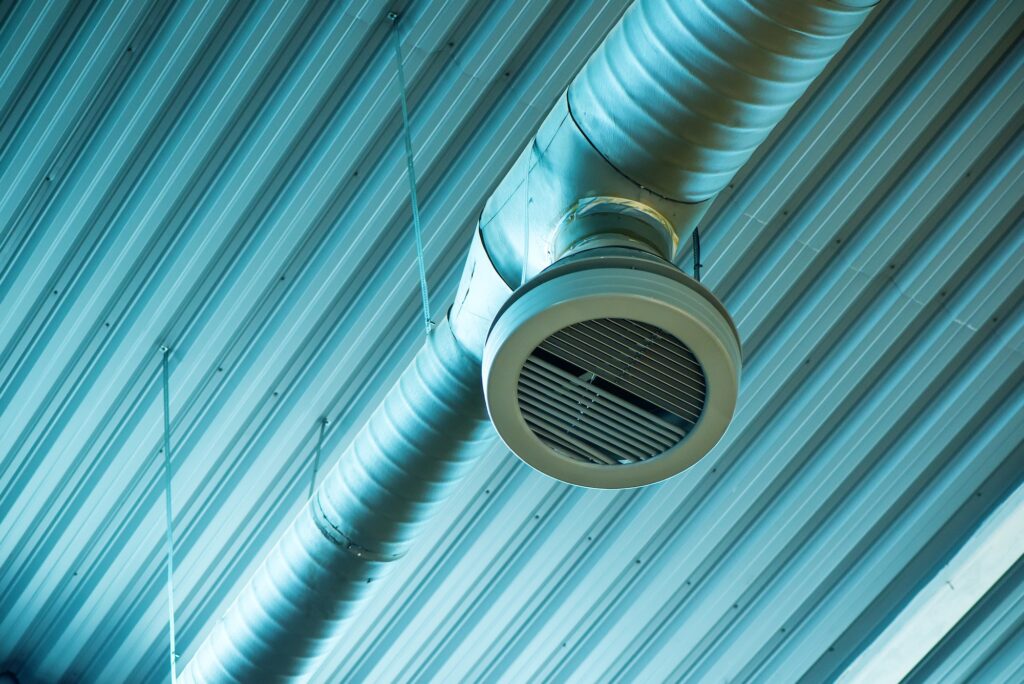
4. Spill Control
If molten metal is spilled on unprotected surfaces or on personnel, it can cause serious damage. Spill containment systems should be installed around furnaces and other equipment that handles molten iron to help prevent accidents.
Spill control systems should be designed to include the collection and diversion of any spilled material away from personnel and equipment to minimize damage or injury. This can include spill control pads, trays and other containment structures.
Another important part of spill control is to protect personnel by providing appropriate safety equipment such as heat resistant gloves, face protection and flame resistant clothing.
Finally, personnel must be adequately trained on how to safely handle molten metal and respond appropriately to spills. This includes knowing how to shut off power to the furnace, how to safely clean up spills, and how to properly dispose of any contaminated material.
Effective spill control measures are critical to creating safe working conditions in the foundry environment. By addressing the potential risks of molten metal spills, personnel can be protected from injury or damage and operations can run as smoothly as possible.
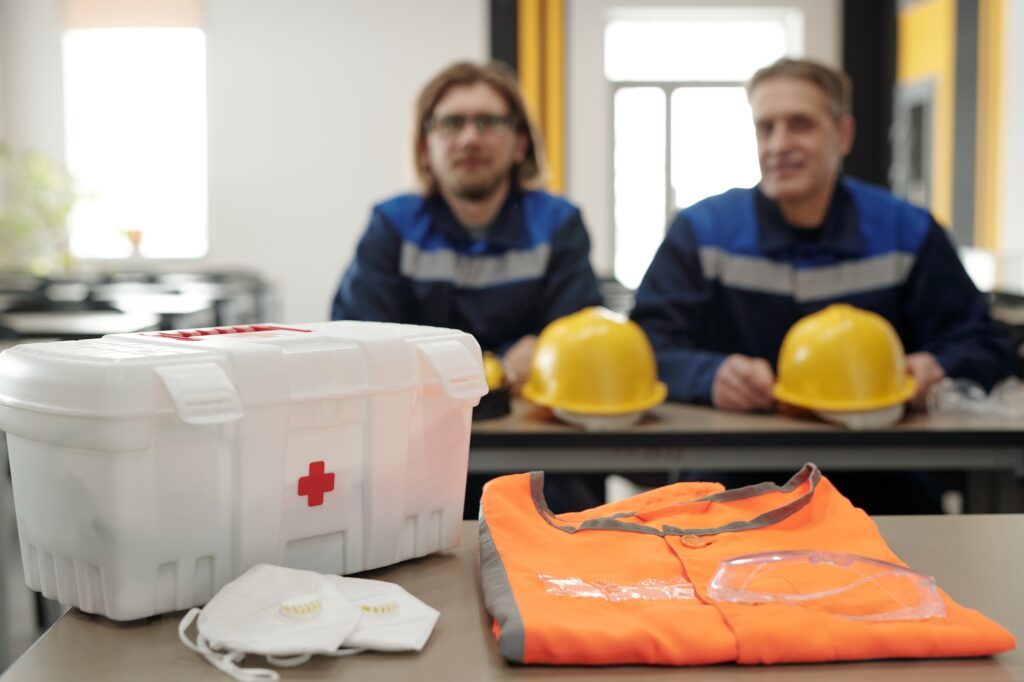
5. Have A First Aid Kit Available
A first aid kit should be readily available at the foundry to deal with injuries due to molten iron spills, or other workplace related injuries. This first aid kit should contain items such as bandages, antiseptic wipes, gauze pads, burn gel for treating burns, and medications to reduce swelling and pain.
It should also have a list of emergency service numbers in case of a serious injury. Having this first aid kit on hand can greatly reduce any injuries caused by foundry accidents.
In addition, having a first aid kit allows for a quick response in the event of an accident, while also giving workers peace of mind knowing that their safety is being taken care of.
6. Lifting Equipment
Lifting heavy objects is a dangerous job that can be extremely physically damaging to personnel if not handled properly. Therefore, it is vital to have the right lifting equipment at the foundry. This can help ensure that workers are not at risk of injury when handling large and heavy items.
The most common types of lifting equipment used in foundries include overhead cranes, jib cranes, hoists, electric winches and slings. These pieces of equipment are designed to safely move heavy objects around the workplace and help reduce the risk of injury. It is important that only trained workers use the proper lifting equipment.
In addition, they can help increase efficiency by reducing manual labor. This can help prevent workers from becoming fatigued or injured. Using the proper lifting equipment makes it easier to transport materials with minimal force, helping to minimize accidents.
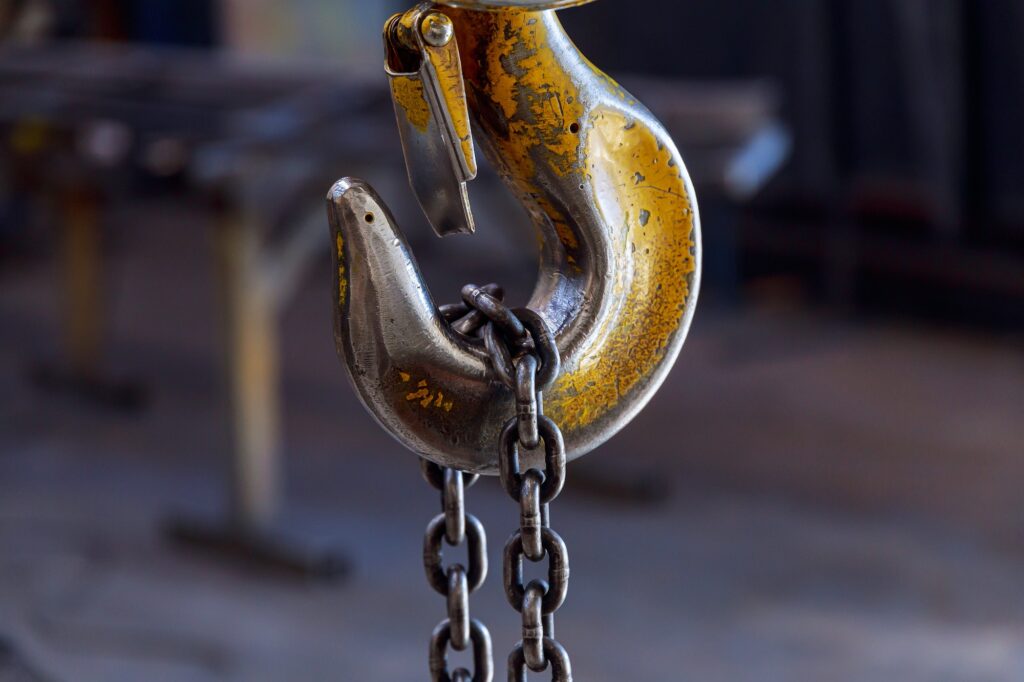
7. Tool Maintenance
Tools and other equipment should be inspected regularly to ensure they are in good condition and safe to use. Any worn or damaged tools should be replaced immediately.
Protective equipment such as safety glasses, gloves and masks must also be inspected to ensure that they have not been damaged. All tools should be stored away from sources of heat or fire. These measures will help reduce the likelihood of accidents in the casting environment.
By inspecting tools regularly, it is possible to detect any defects early before they become a hazard. Proper maintenance and storage of tools is essential to ensure a safe working environment.
In addition, tools should be cleaned regularly and any debris or dirt removed to prevent potential hazards. Proper tool maintenance will also help increase the life of the equipment.
Finally, all workers in the foundry need to be trained in the proper use and handling of tools to ensure their safety. By following these steps, workers can help reduce the risk of injuries and accidents in the foundry.
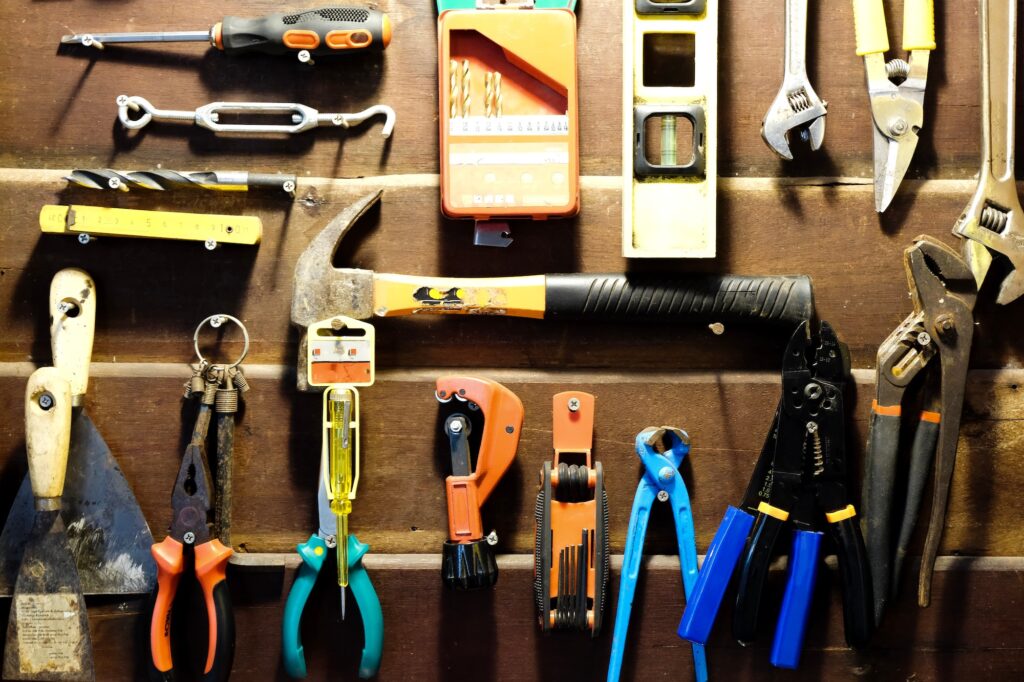
8. Fall Protection Systems
Actions such as working on high platforms and using ladders are dangerous, so a fall protection system must be installed to prevent any serious injuries or fatalities from occurring. This system must be designed to protect workers from falling from any height.
It should include guardrails, safety nets, personal fall protection systems and other components that can provide additional fall protection. The installation of such a system is necessary to minimize the risk of injury or death during foundry work activities.
It is important that employees receive proper training on how to use fall protection systems and understand the hazards that can occur when working at heights.
9. Adequate Lighting
Inadequate lighting can cause accidents, so ensure that all areas of the foundry are well lit at all times. Ensure that all lighting is in good working order and check regularly for signs of failure.
Ensure that the area is lit to a suitable level. If illumination levels must be reduced due to glare or other reasons, ensure that any shadows from dimmed lighting do not obscure vision or create a hazard. Inadequate lighting can also impede workers’ work and reduce the effectiveness of safety measures.
Install adequate emergency lights and exit signs to ensure that workers can evacuate the site quickly in the event of an emergency. All lighting systems must be tested and maintained regularly to ensure they are in good working order.
Adequate lighting is a critical part of creating a safe environment in a foundry, so it must be given proper attention and priority. Taking these measures will help ensure worker safety, reduce accidents and maintain productivity levels.
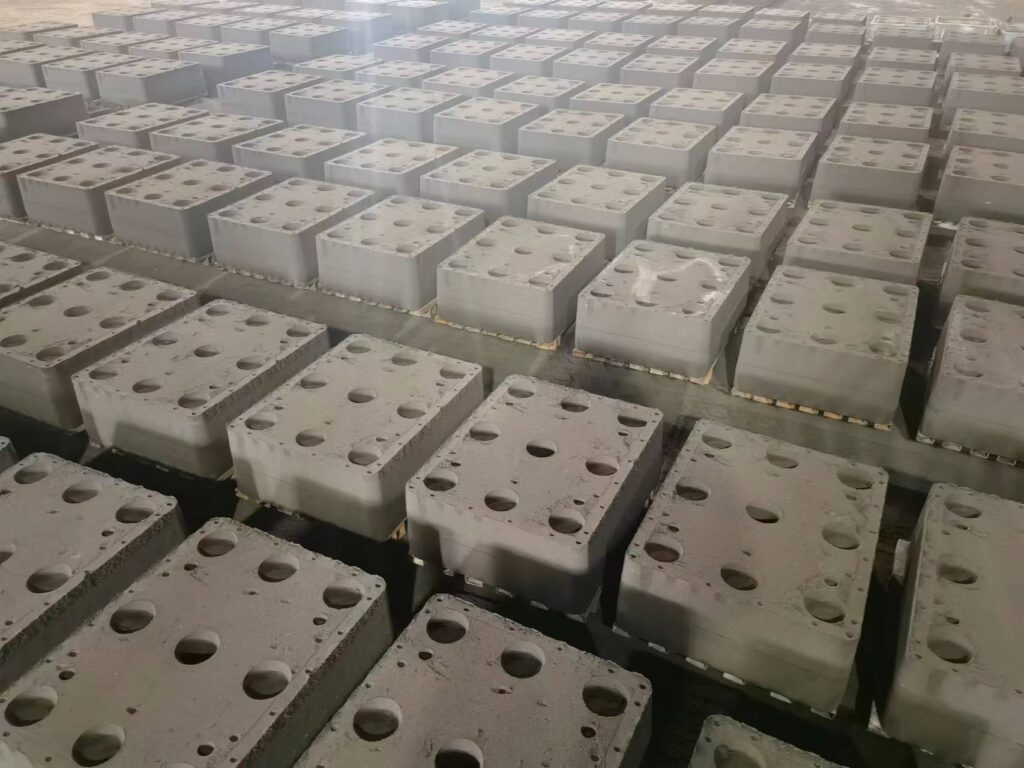
10. Keeping The Site Clean and Tidy
This is a critical part of ensuring the safety and operational efficiency of your foundry. Uncontrolled debris and debris can create tripping hazards, block emergency exits and become a fire risk.
Workers must follow safety protocols, store materials properly on site, and clean up regularly to prevent the accumulation of hazardous obstructions over time.
In addition, keeping the site clean also helps prevent illnesses caused by dust, mold and bacteria. Good hygiene in the foundry is important not only for health, but also for producing quality products and ensuring a safe working environment.
All areas of the foundry must be cleaned and maintained on a regular basis. Floors are swept and mopped, walls and fixtures are cleaned, debris and waste are properly disposed of, machines and tools are disinfected, and storage areas are kept organized.
Regular inspections should also be conducted to identify any potential risks or hazards that may have been overlooked. Maintain a clean environment in your foundry by taking proactive measures.
Conclusion
By following these10 safety measures, an iron foundry can create a safer work environment for employees while minimizing the risk of accidents or injuries during production.
We are Castimoo, an iron casting supplier with 30 years of experience. Specialized in the production of gray and ductile iron castings. We are a safe production standard company with complete production process and quality inspection process to provide you with high quality iron casting products. Feel free to contact us, I am always here for you.
